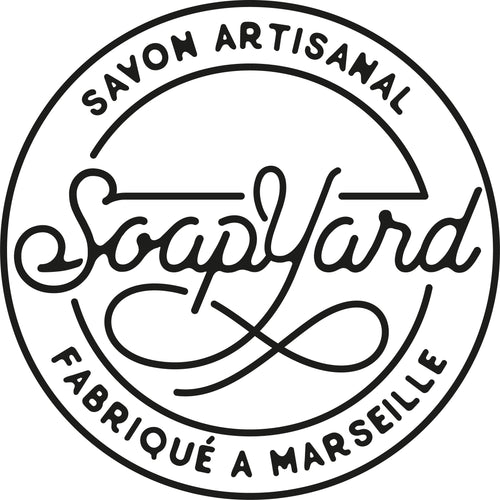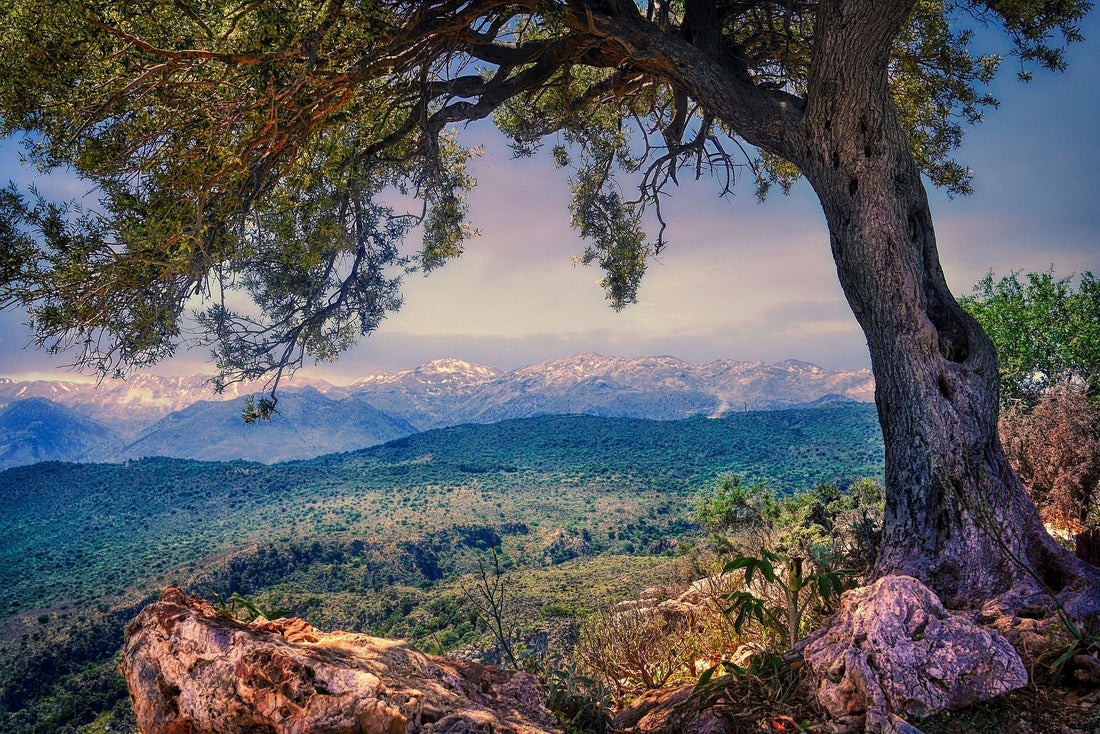Olive varieties across Europe vary significantly in size, colour, flavour, and oil content, influenced by their terroir—the combination of soil, climate, and traditional cultivation techniques unique to each region. Below is a list of some of the most well-known European olive varieties and their origins.
🇪🇸 Spain (Largest Olive Producer in the World)
-
Picual – Predominantly from Andalusia (Jaén, Córdoba, Granada)
- Characteristics: Small to medium-sized, high oil yield, strong and slightly bitter flavor with hints of pepper and tomato leaves.
- Best Used For: High-quality extra virgin olive oil, resistant to oxidation.
-
Hojiblanca – Found in Andalusia (Málaga, Córdoba, Sevilla)
- Characteristics: Medium-sized, green to black color, slightly sweet with a peppery finish.
- Best Used For: Table olives and oil production.
-
Arbequina – Native to Catalonia but now widespread in Spain
- Characteristics: Small, round, golden-brown olives with a mild, buttery, and slightly nutty taste.
- Best Used For: Delicate and fruity olive oil, great for dressings.
-
Manzanilla – Sevilla, Andalusia
- Characteristics: Small, round, green to golden color with a firm texture.
- Best Used For: Traditional Spanish table olives, often stuffed or brined.
🇮🇹 Italy (Renowned for Regional Olive Oils)
-
Frantoio – Tuscany
- Characteristics: Medium-sized, green to dark purple, fruity and grassy with a slightly bitter aftertaste.
- Best Used For: High-quality Tuscan olive oil.
-
Leccino – Central and Southern Italy
- Characteristics: Small, purple-black, delicate and mild flavor.
- Best Used For: Olive oil blending due to its smoothness.
-
Taggiasca – Liguria
- Characteristics: Small, brownish-black, slightly sweet and nutty flavor.
-
Best Used For: Traditional Ligurian olive oil and gourmet table olives.
-
Nocellara del Belice – Sicily
- Characteristics: Large, bright green olives, meaty texture, mild and slightly fruity.
- Best Used For: Table olives and Sicilian extra virgin olive oil.
🇫🇷 France (Small Production but High Quality)
-
Picholine – Occitanie, Provence
- Characteristics: Small, elongated, bright green, crisp with a slightly tart flavor.
-
Best Used For: Cocktail olives and aromatic olive oil.
-
Aglandau – Provence & Alpes-de-Haute-Provence
- Characteristics: Medium-sized, greenish-golden, fruity with almond notes.
-
Best Used For: High-quality Provençal olive oil.
-
Tanche – Nyons, Rhône Valley
- Characteristics: Wrinkled black olives with a soft, sweet flavor.
- Best Used For: AOC-certified Nyons olives and oil.
🇬🇷 Greece (Famous for Table Olives)
-
Kalamata – Peloponnese
- Characteristics: Large, deep purple, meaty with a rich, tangy, and slightly smoky taste.
- Best Used For: Classic Greek table olives, often marinated.
-
Koroneiki – Crete, Peloponnese
- Characteristics: Small, green, intensely fruity with a strong peppery aftertaste.
- Best Used For: Greece’s most famous extra virgin olive oil.
-
Throuba – Thassos Island
- Characteristics: Naturally shriveled black olives, sweet and soft.
- Best Used For: Naturally fermented table olives.
🇵🇹 Portugal
-
Galega – Central and Northern Portugal
- Characteristics: Small, brownish-green, mild and slightly sweet.
-
Best Used For: Traditional Portuguese olive oil.
-
Cordovil – Alentejo
- Characteristics: Medium-sized, golden-green, strong and slightly bitter.
- Best Used For: Robust, peppery olive oil.
How Olives Differ in Size, Colour & Flavour
- Size: Ranges from small (Koroneiki, Picholine) to large (Kalamata, Nocellara del Belice).
- Color: Green when unripe, turning black or dark purple when mature (except for some varieties that naturally wrinkle or retain a reddish-brown hue).
- Flavor: Green olives are generally firmer and more bitter, while ripe black olives are softer and sweeter. The processing method (curing in brine, salt, or lye) also affects flavor.
How to Preserve Olives
Olives are naturally bitter and must be cured or fermented to become edible. Traditional methods include:
1. Brine Curing (Saltwater Method)
- Used for green and black olives (e.g., Manzanilla, Kalamata).
- Process: Olives are soaked in salted water for weeks to months.
- Flavor: Mild, slightly tangy.
2. Dry Salt Curing
- Used for naturally ripe black olives (e.g., Throuba, Moroccan Beldi).
- Process: Olives are packed in coarse salt, which draws out bitterness.
- Flavor: Concentrated, rich, slightly wrinkled appearance.
3. Lye Curing
- Used for mass-market green olives (e.g., Spanish green olives).
- Process: Olives are soaked in an alkaline solution to remove bitterness quickly.
- Flavor: Mild but lacks the depth of traditionally cured olives.
4. Sun Drying & Oil Preservation
- Moroccan & Turkish methods: Olives are naturally sun-dried and stored in olive oil.
- Best for: Tanche olives (France), Moroccan black olives.
Understanding Olive Oil Grades
Olive oil is categorized based on its extraction process and acidity levels:
-
Extra Virgin Olive Oil (EVOO): This is the highest quality, obtained from the first cold pressing of olives without chemicals. It boasts an acidity level below 0.8% and retains a rich flavor profile.
-
Virgin Olive Oil: Also produced without chemicals, this grade has a slightly higher acidity level, up to 2%, and a milder taste compared to EVOO.
-
Pure or Regular Olive Oil: A blend of refined and virgin oils, it undergoes processing to neutralize flavors and has a higher acidity level, making it more suitable for cooking at higher temperatures.
Spotting Authentic Olive Oil
The olive oil market has seen a surge in fraudulent activities, with products being adulterated or mislabeled. To ensure you're purchasing genuine EVOO:
-
Check the Label: Authentic EVOO often includes the harvest date, estate name, and certification seals. Be cautious of vague labeling.
-
Packaging Matters: High-quality olive oils are typically packaged in dark glass bottles to protect against light exposure, which can degrade the oil's quality.
-
Price Point: If a deal seems too good to be true, it probably is. Genuine EVOO comes at a premium due to its production process.
Recent reports highlight a significant increase in olive oil fraud within the EU, driven by rising prices and production challenges.
Climate Change and Olive Oil Production
Climate change poses a substantial threat to olive oil production. Extreme weather events, such as droughts and unseasonal frosts, have led to decreased yields in major producing countries like Spain and Italy. These adverse conditions not only reduce the quantity of olives harvested but also affect the quality of the oil produced.
Furthermore, the scarcity of olives due to climate-induced challenges has contributed to a rise in fraudulent activities, as unscrupulous producers attempt to meet demand by adulterating oils.
Climate change is reshaping the global landscape of olive cultivation, introducing both opportunities and challenges. Rising temperatures and shifting precipitation patterns have enabled olive trees to thrive in regions previously unsuitable for their growth, while traditional olive-producing areas face increasing difficulties.
Emerging Olive Cultivation Regions
As winters become milder in parts of Central and Eastern Europe, countries like Austria, northeastern Croatia, and Hungary are witnessing a budding interest in olive farming. Farmers in these regions are planting olive trees, capitalizing on the changing climate to establish new groves.
Challenges in Traditional Olive-Growing Areas
Conversely, established olive-producing regions in the Mediterranean are grappling with adverse effects of climate change. Increased temperatures and altered rainfall patterns have led to decreased suitability for olive cultivation in areas such as southern Spain and Italy. These changes threaten traditional olive farming practices and have significant economic implications.
The shifting dynamics of olive cultivation underscore the need for adaptive strategies in both emerging and traditional regions to ensure the sustainability of this vital agricultural sector.
By staying informed about olive oil grades, being vigilant against counterfeit products, and understanding the environmental challenges impacting production, consumers can make educated choices and support sustainable practices in the olive oil industry.
Conclusion
Olives have a diverse and rich heritage, deeply connected to their geographical regions. Whether pressed into extra virgin olive oil or served as table olives, they reflect centuries-old traditions in France, Italy, Spain, Greece, Portugal, and beyond. Soapyard.com pays tribute to these traditions by incorporating olive oil into Marseille soap, continuing the legacy of this ancient Mediterranean treasure.

